In Chambertin…
Histoire
In Chambertin, before drinking the magical and spiritual wine, perhaps we should remember etymologies that give this name the depth of history, because already in the Neolithic, in the Bronze Age and then in Iron, this site was Inhabited. Historically The vineyard appears from the first century. Wikipedia explains: « In 2008, at the time of the extension of a residential zone, 316 pits were discovered, aligned in a row over 6,000 square meters, in which 120 tracks were found and where Can see in section the void left by the trunk and the roots of the vine.Cette découverte accrédite les préconisations de Pline l’Ancien et de Columelle. This discovery accredits the recommendations of Pliny the Elder and of Columella. As today, the vines were planted in a row, but the choice and exposure of the land was different, since the Gallo-Roman vines were located in the plains, instead of the hillsides of the majority of the current Cotes de Nuits. Moreover, the tastes had to be different, since, especially to ensure their preservation, the Gallo-Romans added spices2. » Noble work is the cupbearer who was in charge of these preparations but it would have been interesting to know if these wines were fairly heady, more concentrated, and if it was necessary to cut them with water as indicated The Greek tradition of banquets. In Chambertin, undoubtedly in view of the climate, they should not be so strong that, according to the taste of the time, they had to cut them.
The Clos de Beze was planted by the monks of the abbey of Beza, who in 630 had received it from the Duke Amalgary. From the beginning of the sixth century, the implantation of Christianity had favored the extension of the vineyard by the creation of important estates attached to the abbeys. Thus the Abbey of Cîteaux (created in 1098) with plantations in Côte d’Or13. The monks of Bèze baptized the « Chapelle-Chambertin » in 1155, when they built a chapel there. Le Chambertin owes its name to a peasant named Bertin, who owns a land next to the vineyards of Clos de Beze, cultivated by the monks of the abbey of the same name. Bertin thought that this land should also produce a good wine. Soon after, the wine of the « field of bertin » was soon as famous as that of the Clos de Bèze15. At the death of Bertin, the monks bought his vines and the reputation of this wine climbed.
Geology and orography
In Gevrey-Chambertin, an outcrop of « Prémeaux limestone » begins. This geological layer continues on a synclinal plane until Premeaux-Prissey. It is on this geological unity that one finds the two great historical wines of Gevrey: chambertin and chambertin-clos-de-bèze (the only two great wines to have had the right to place the name of « Chambertin » first) .
In Chambertin, the rest of the vineyard of Gevrey surrounds these two wines, that is to say, the other great wines (chamber-chambertin, charmes-chambertin, mazis-chambertin, griotte-chambertin, latricières-chambertin, ruchottes- Mazoyères-chambertin) and then the first crus (gevrey-chambertin premier cru) and the appellation-village (gevrey-chambertin):
- For the grands crus, they are on a long hill on hard rock; Brown soil with silt and gravelly scree at the top, clayey limestone on the slope;
- The first crus occupy the upper part of the coast with thin limestone brown soils, as well as the well exposed hillside of the comet of Lavaux;
- The village name extends over calcareous brown and calcareous brown soils, located to the west below the crus.
- The climate is temperate to continental trend.
Climates
The first wines: La Bossière, La Romanée, Poissenot, Estournelles-Saint-Jacques, Clos des Varoilles, Lavaux Saint-Jacques, Clos du Saint Jacques, Champeaux, Petits Cazetiers, Combe aux Moines , Aux Combottes, Bel Air, Cherbaude, Petite Chapelle, Ergot, Clos Prieur, La Perriere, Closear, Issarts, Les Corbeaux, Craipillot, Fonteny and Champonnet.
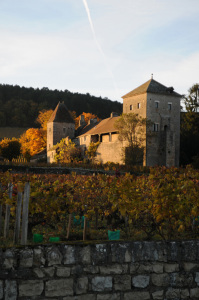
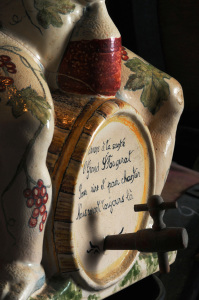
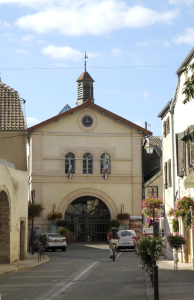

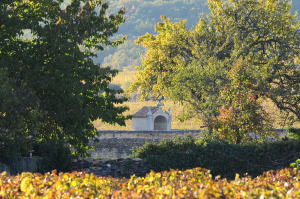
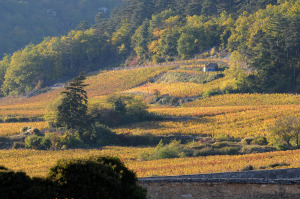
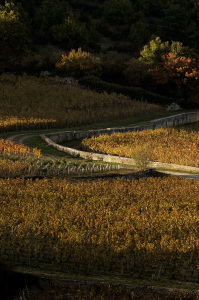
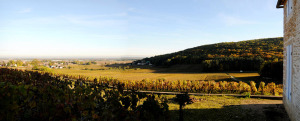
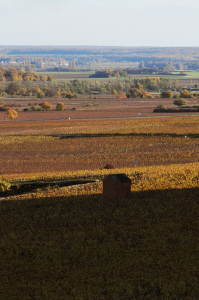
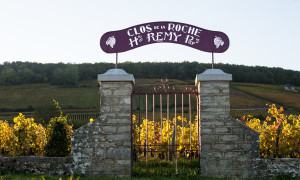
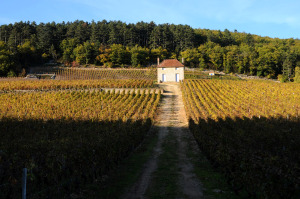
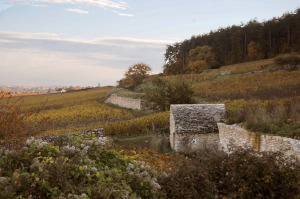
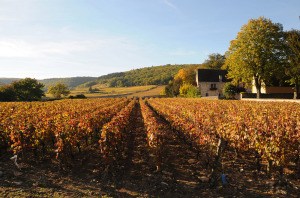
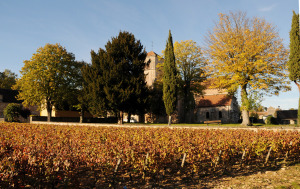
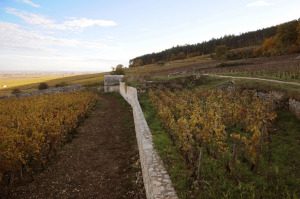
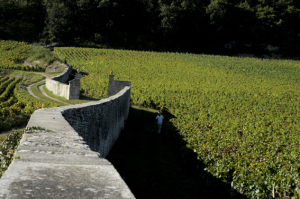
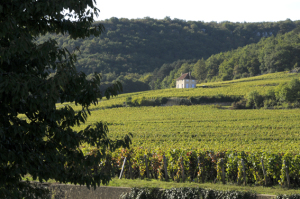
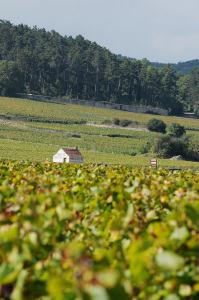
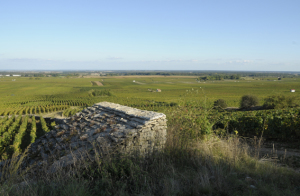
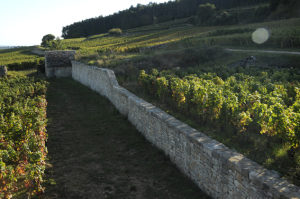
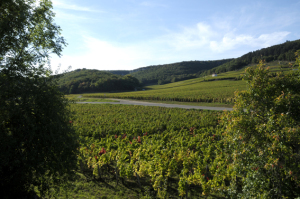
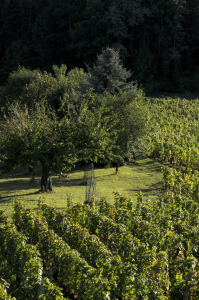
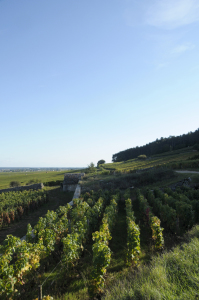
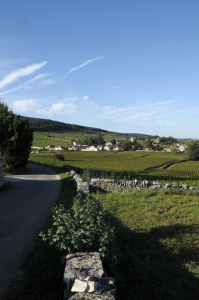
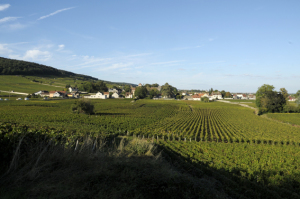
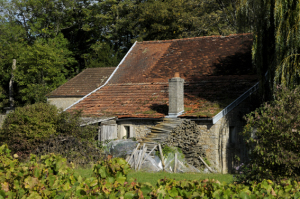
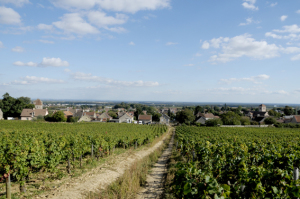
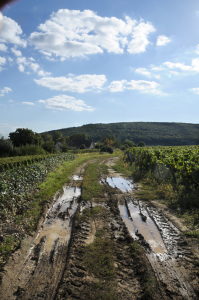

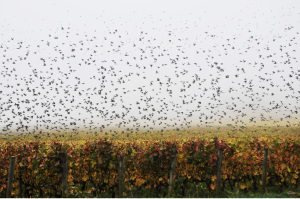

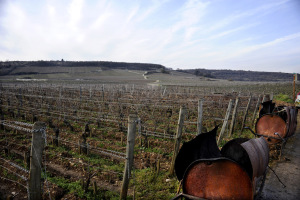
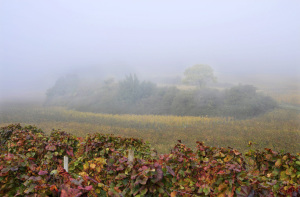
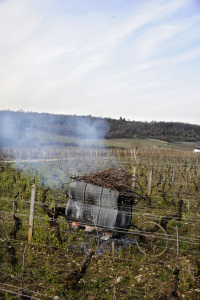
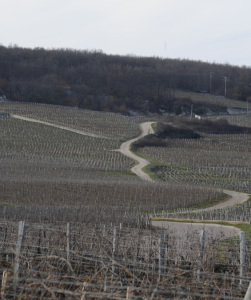
0 Comments